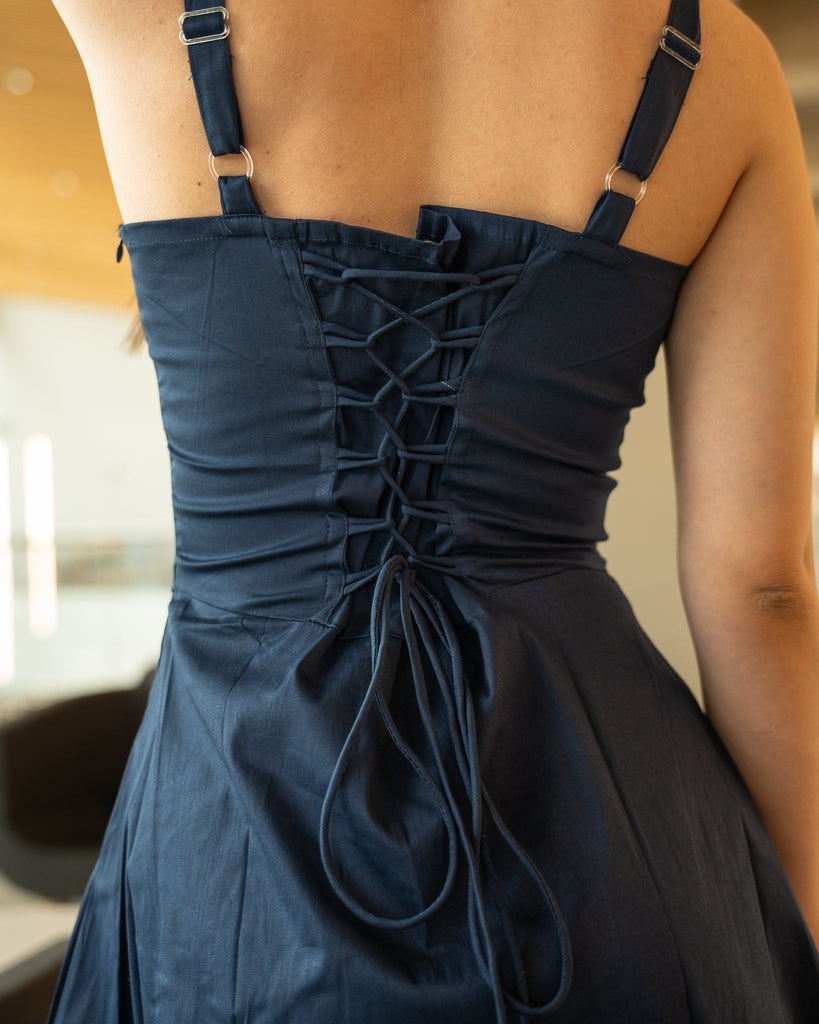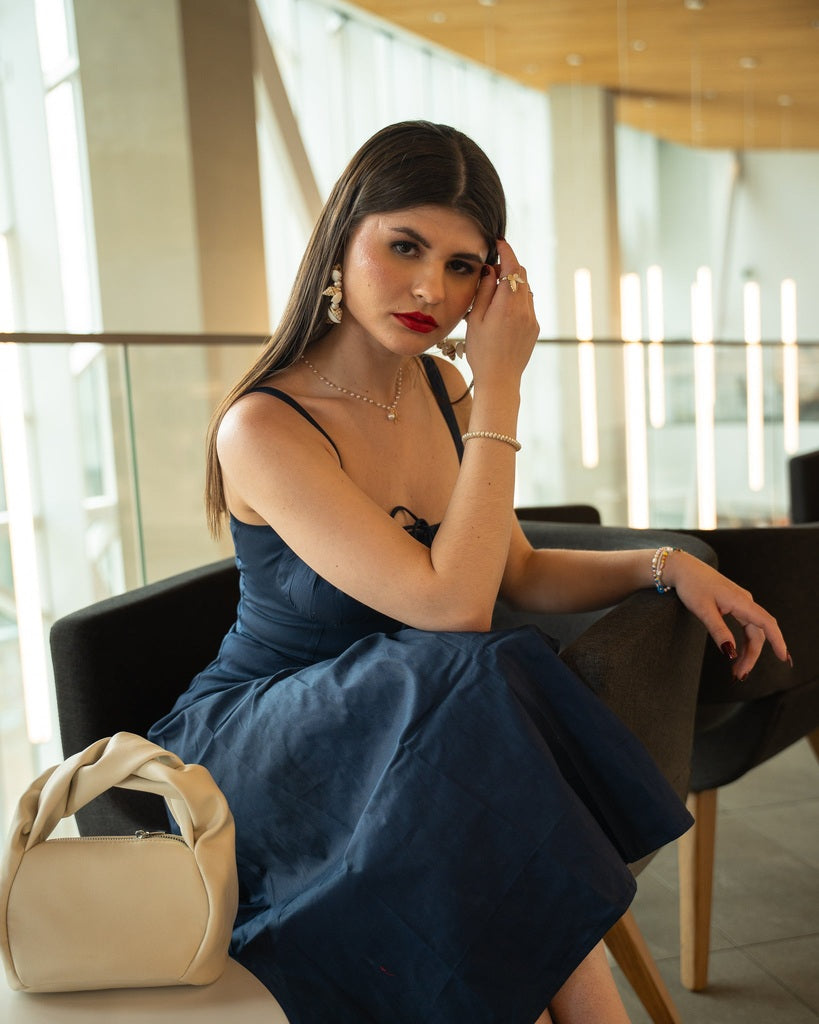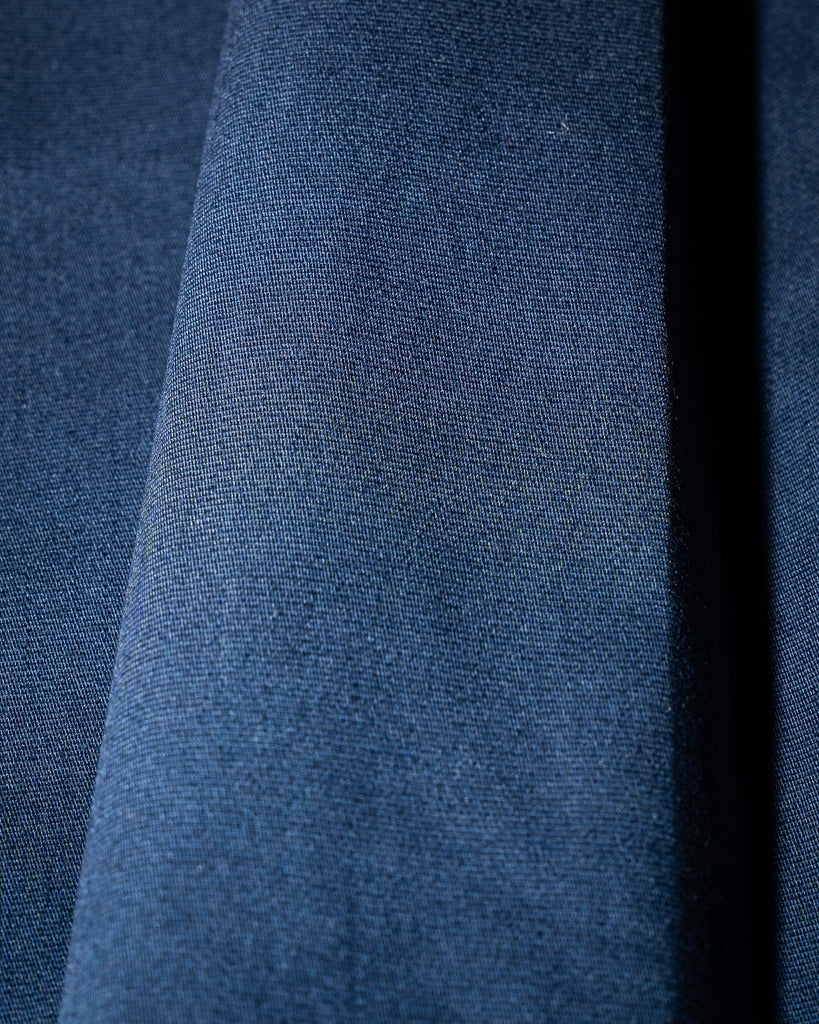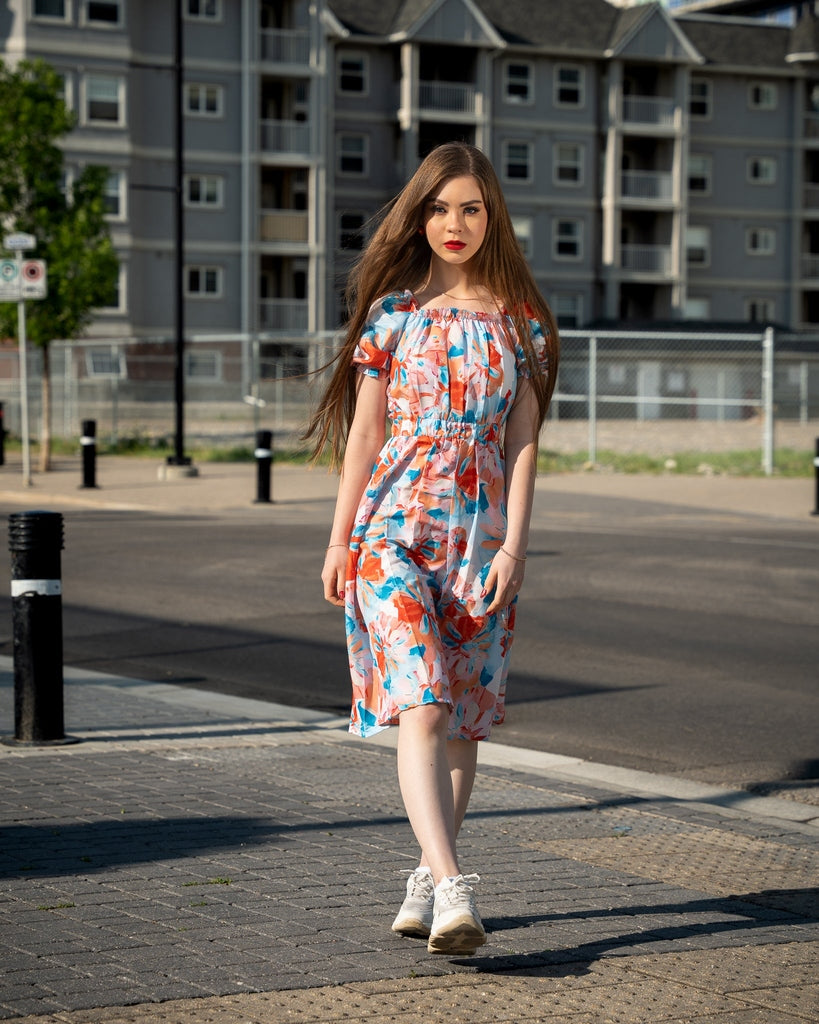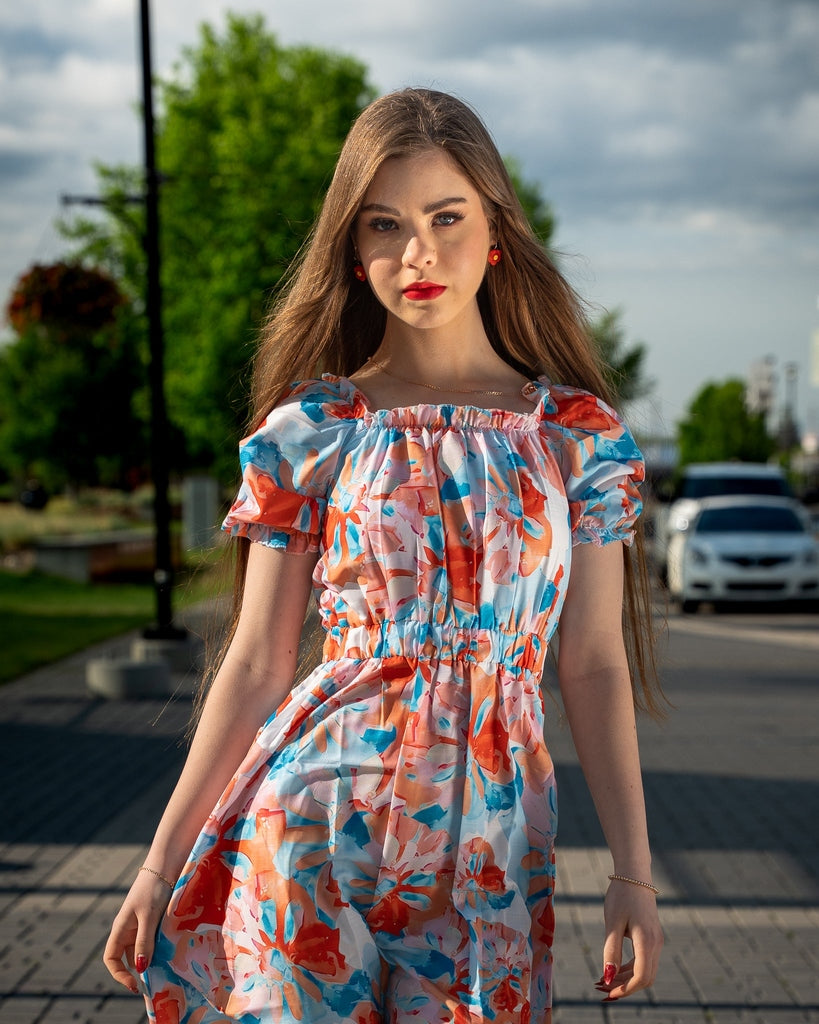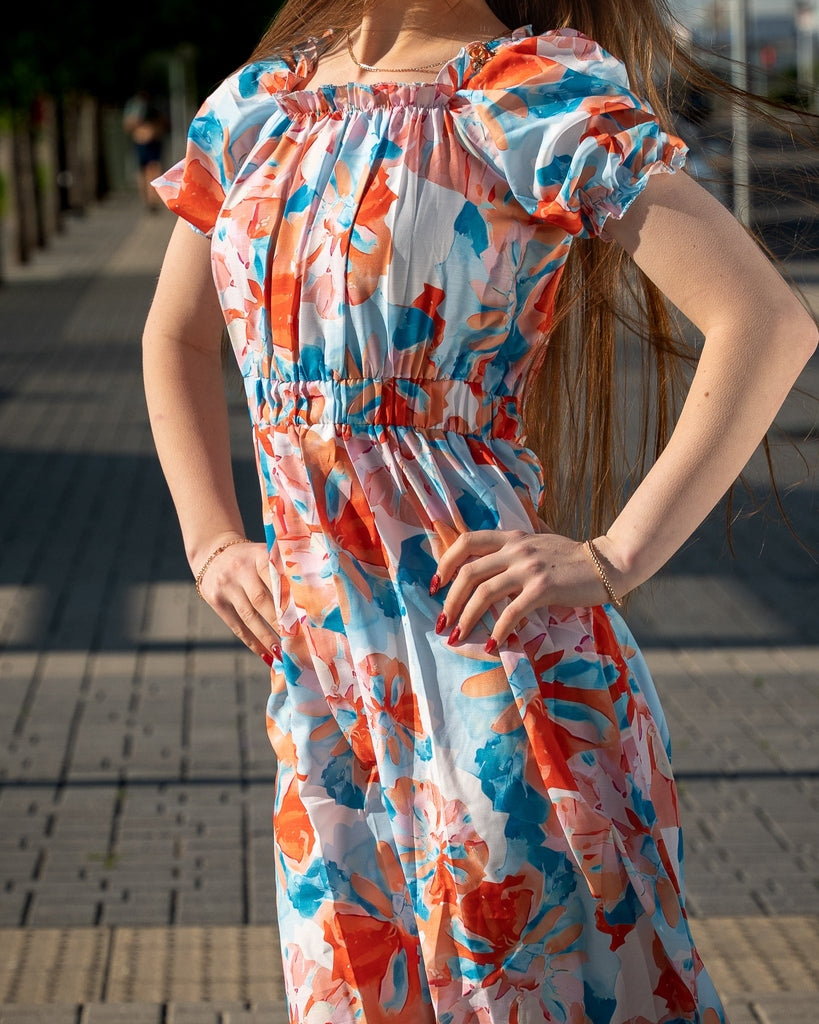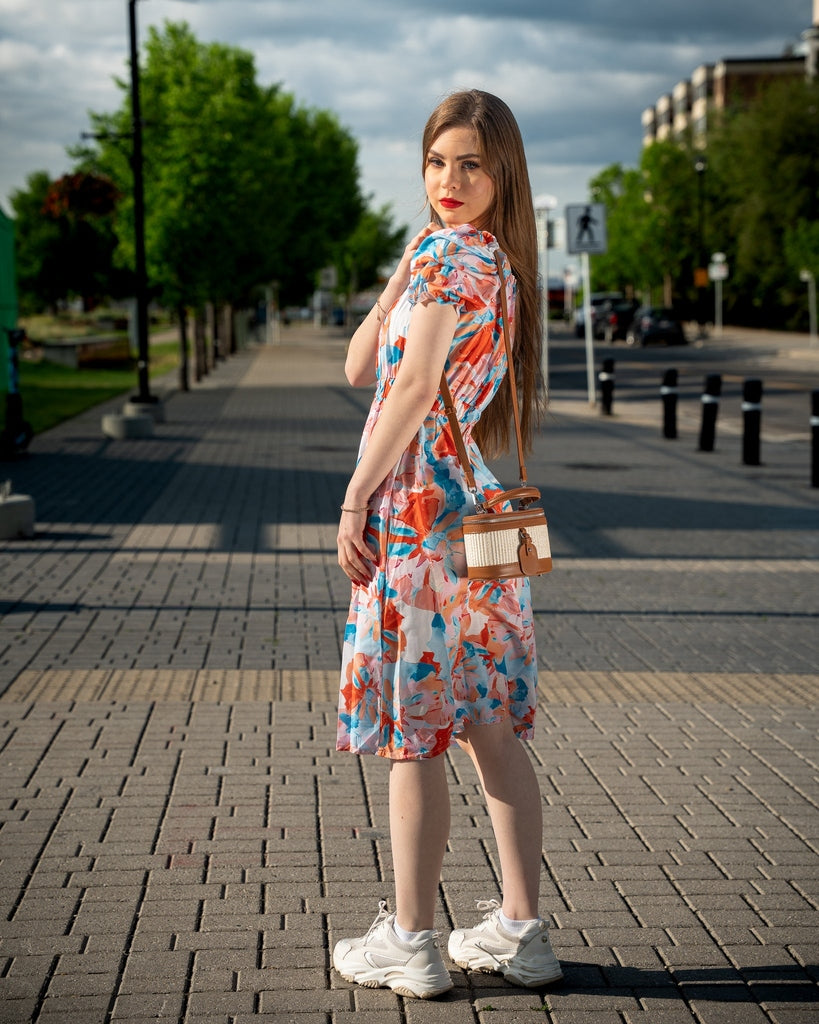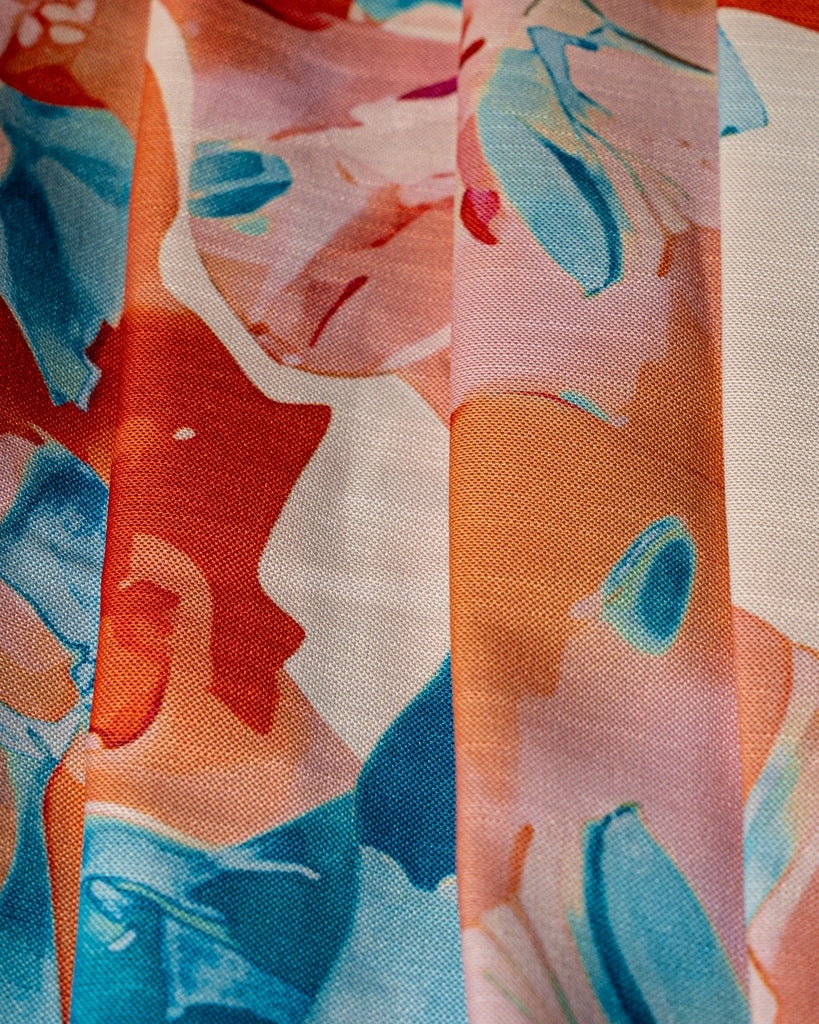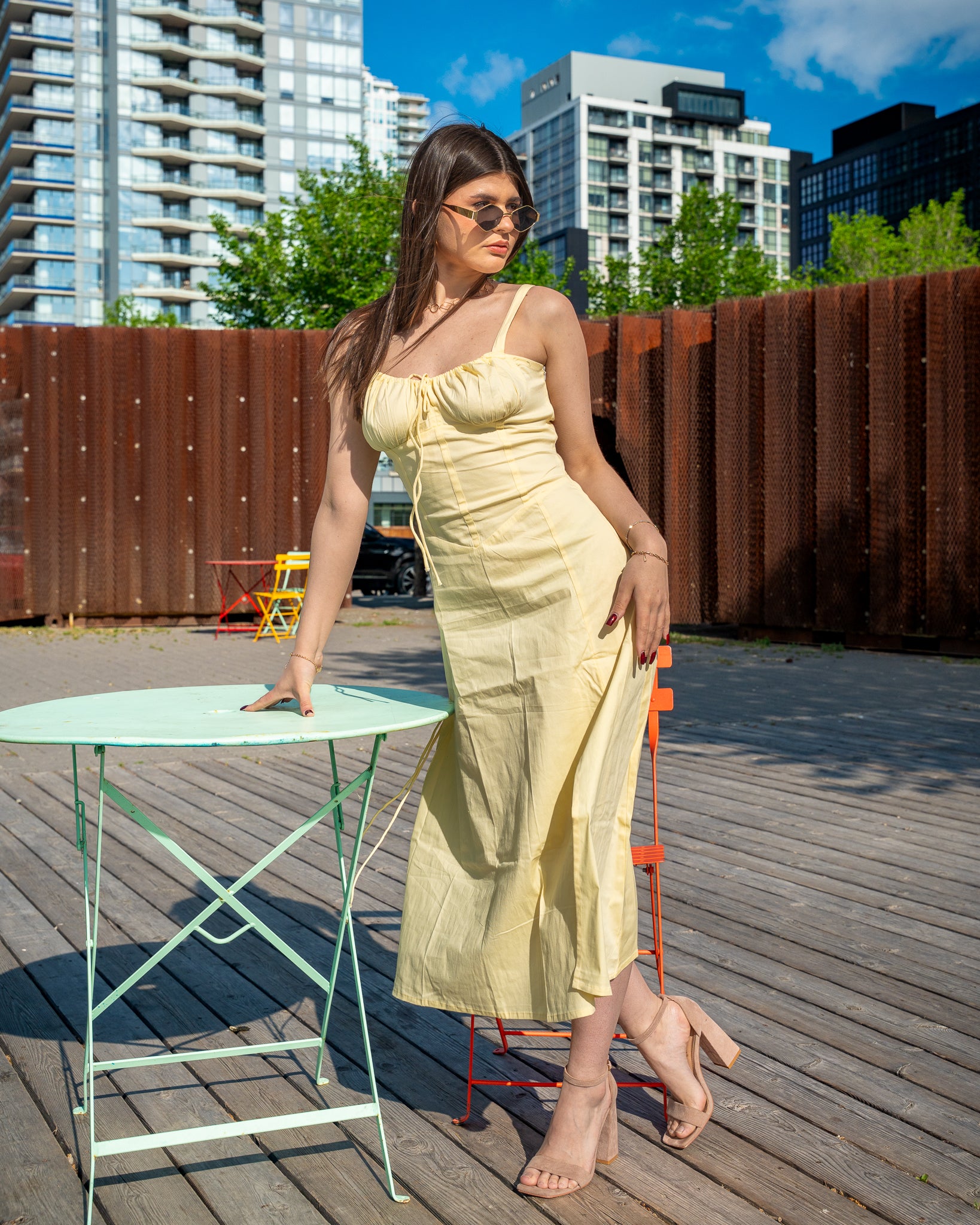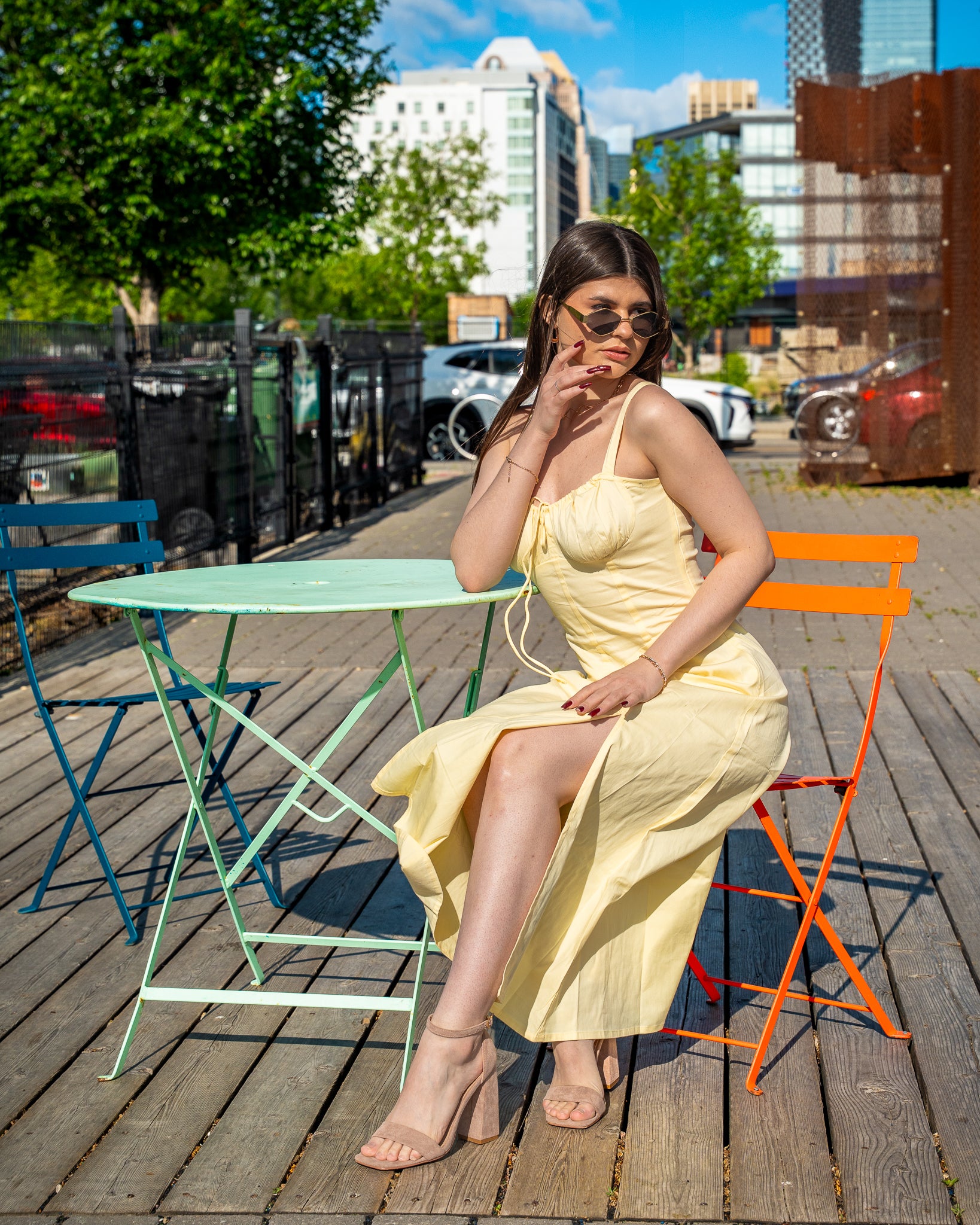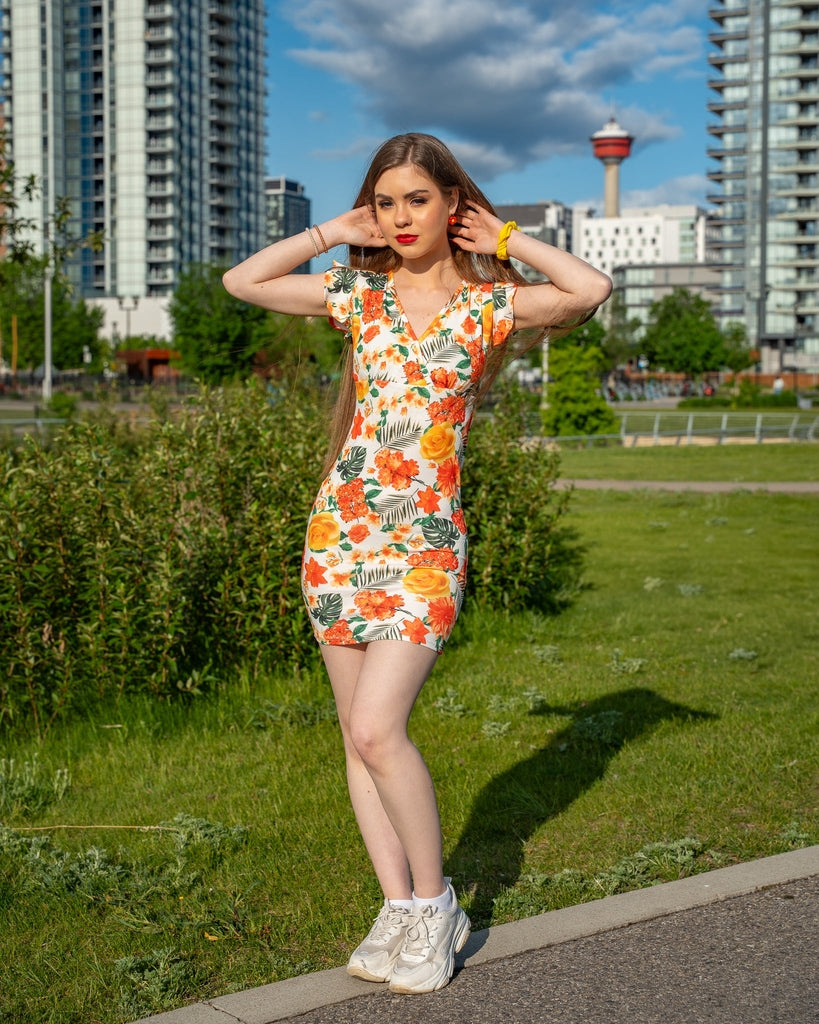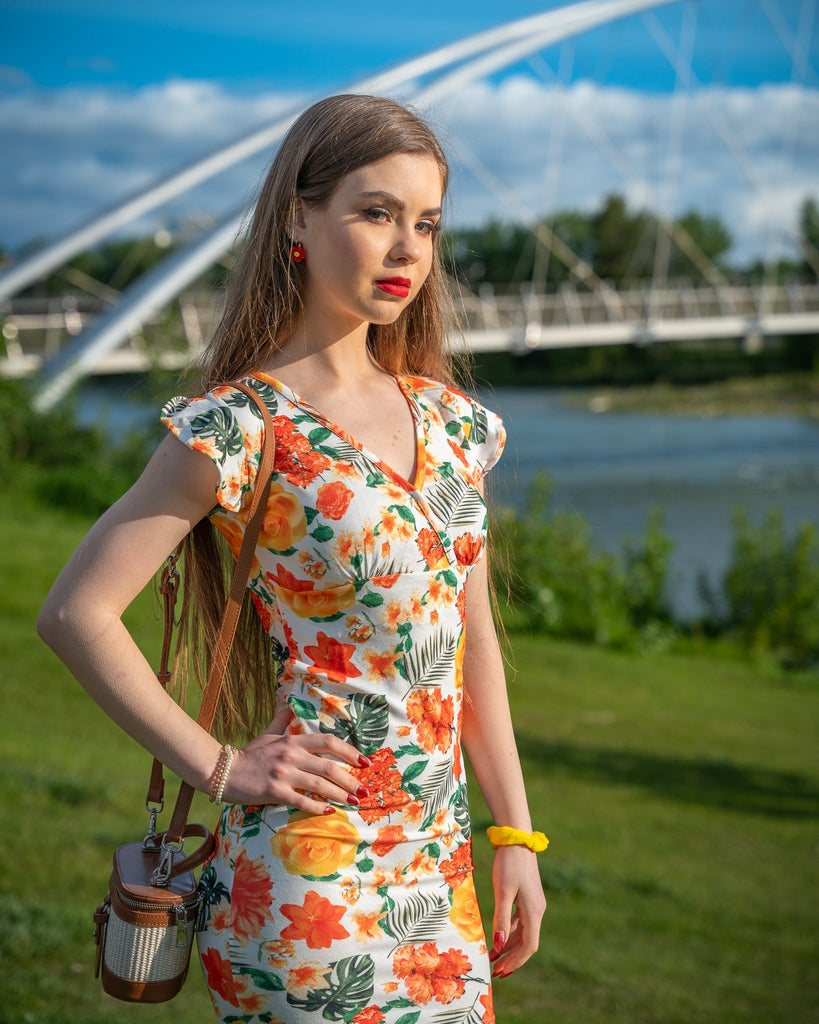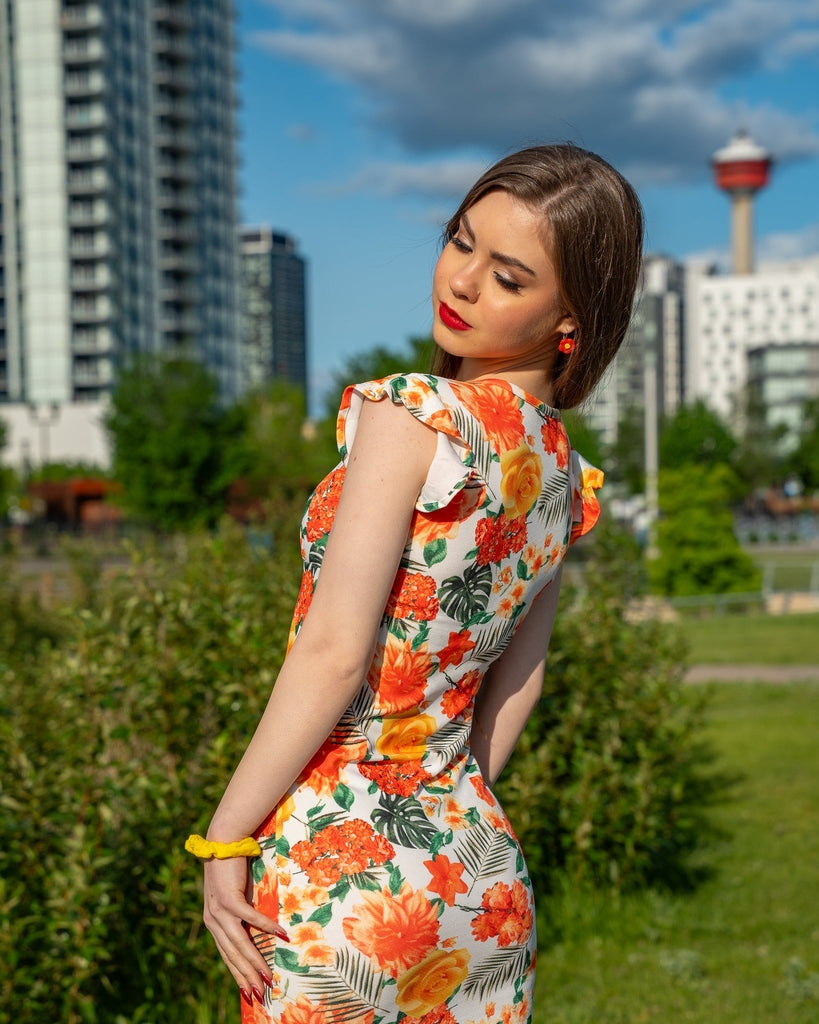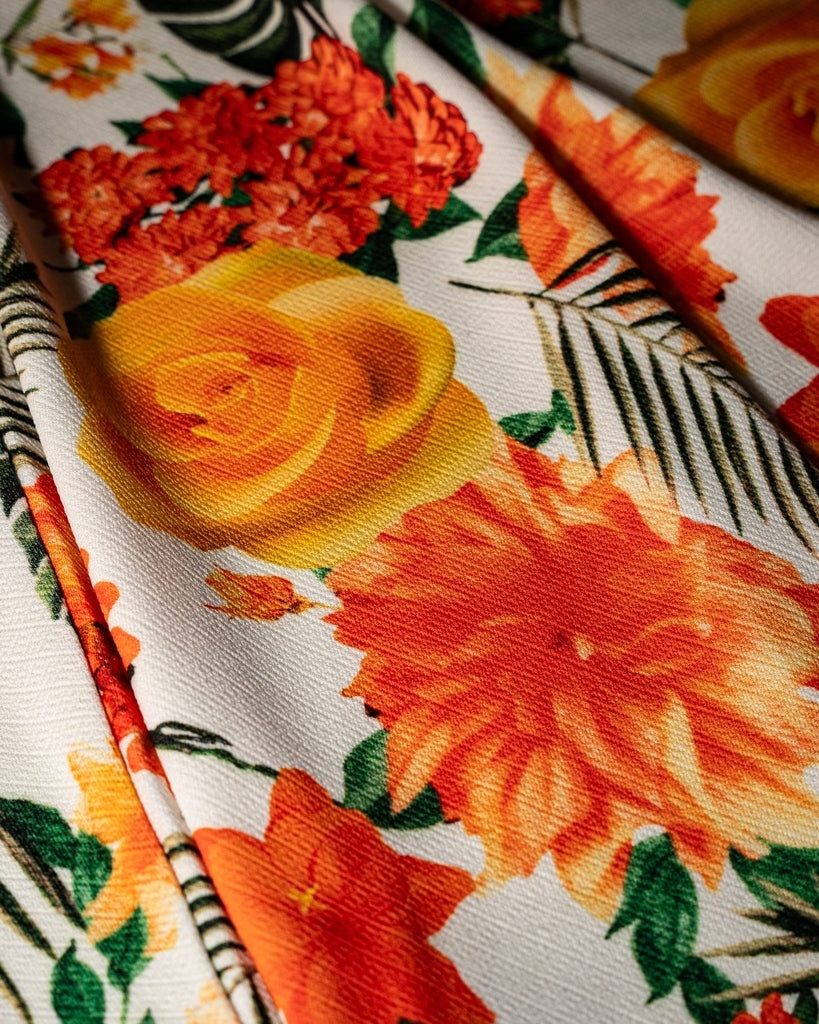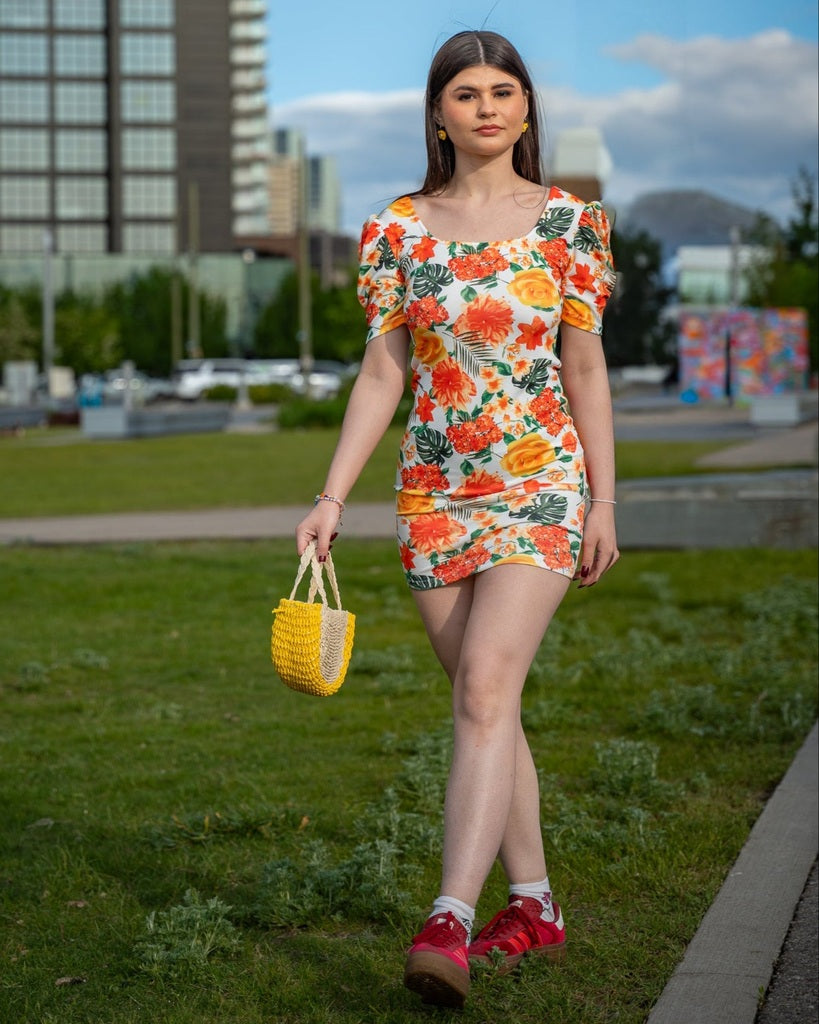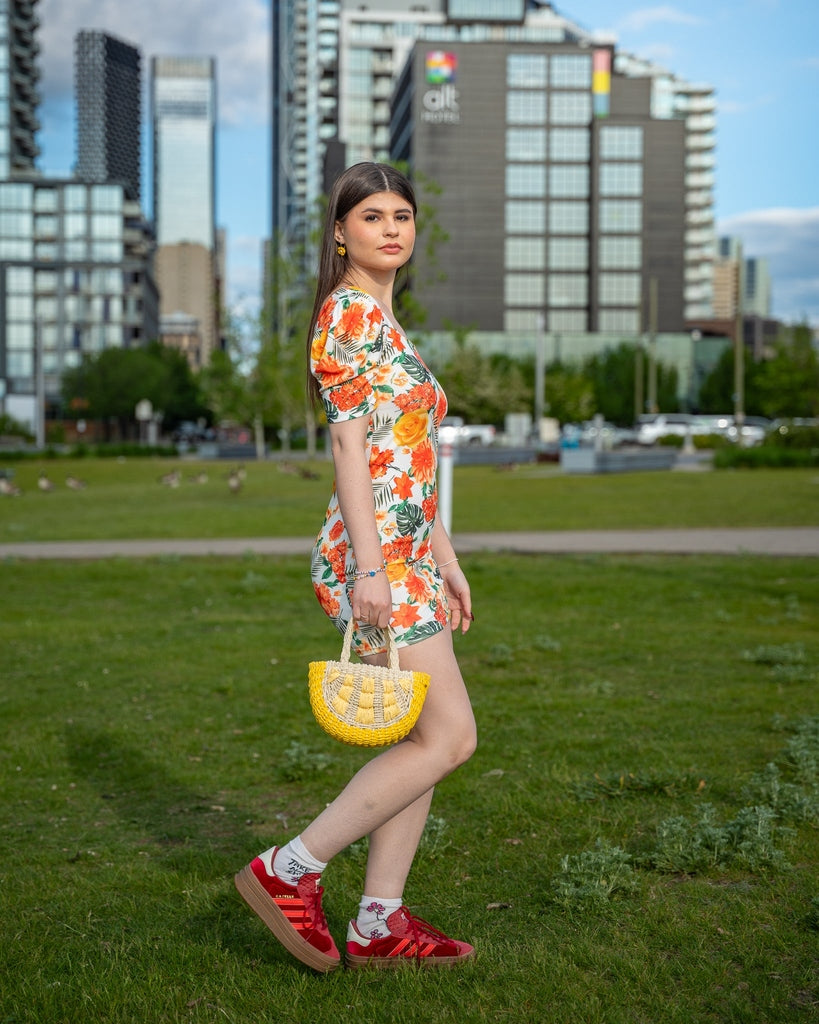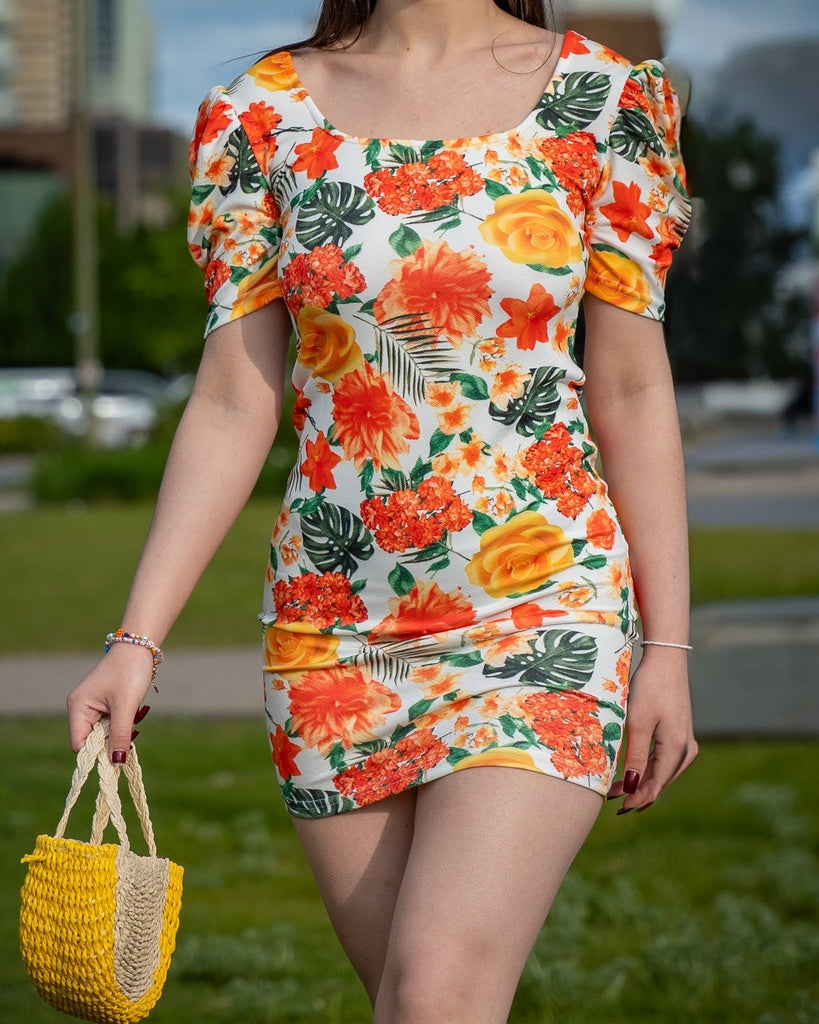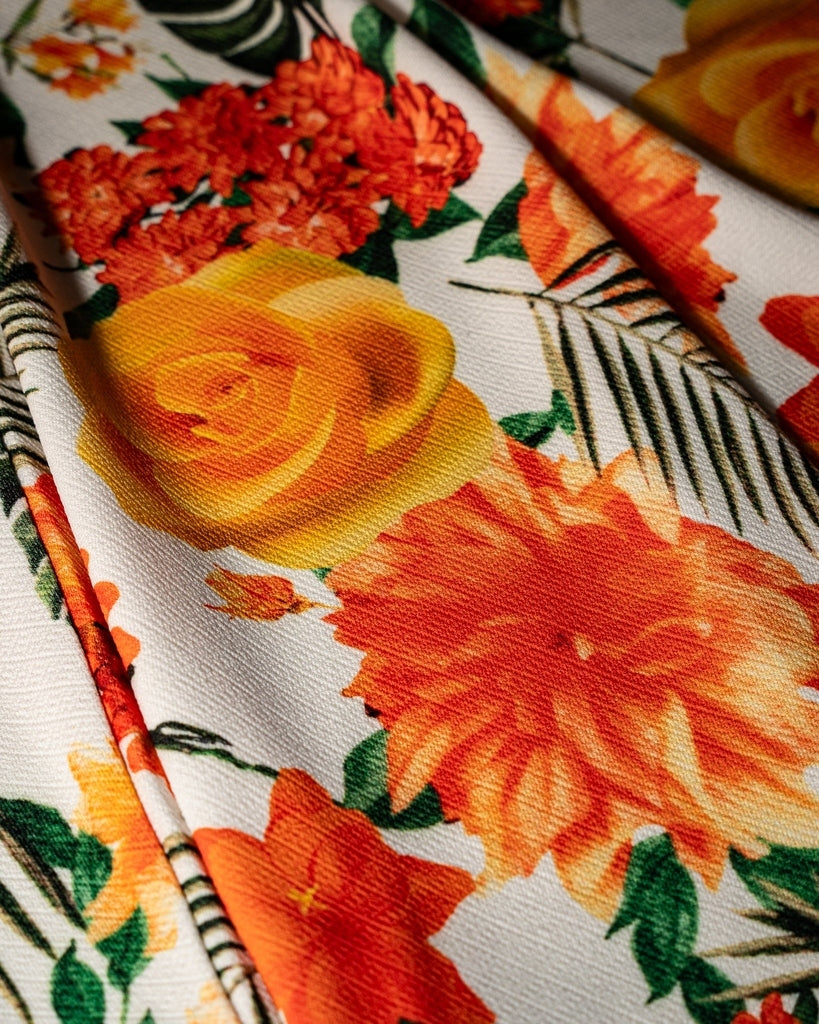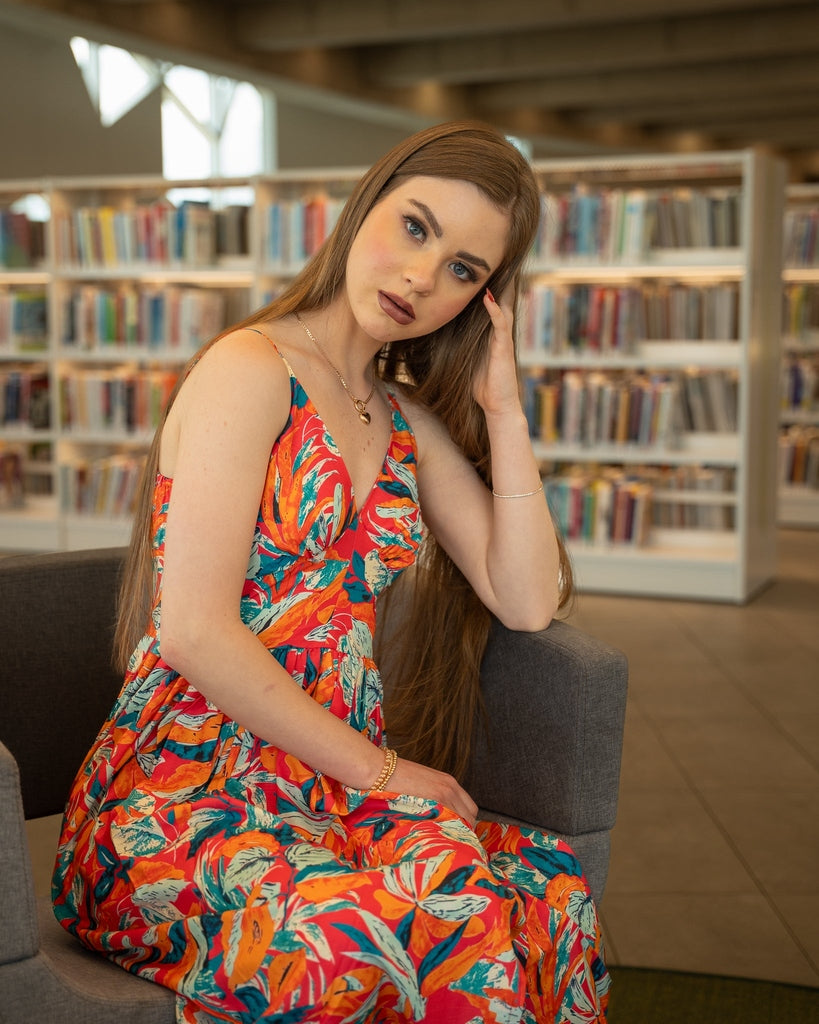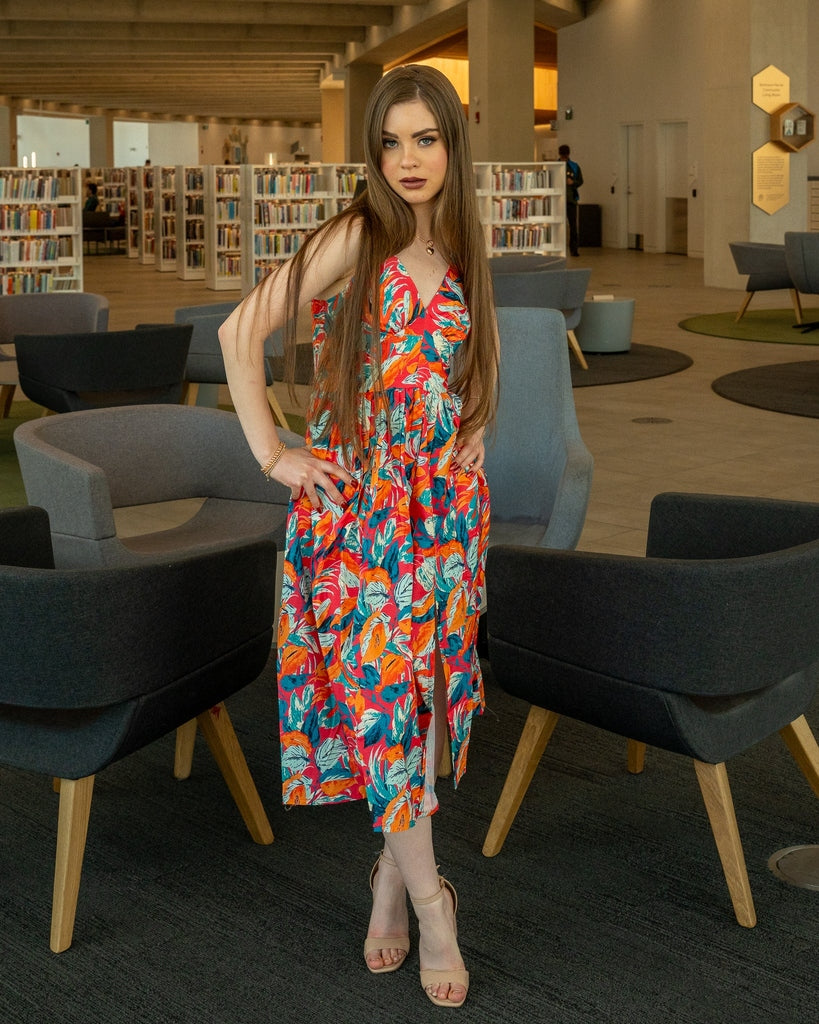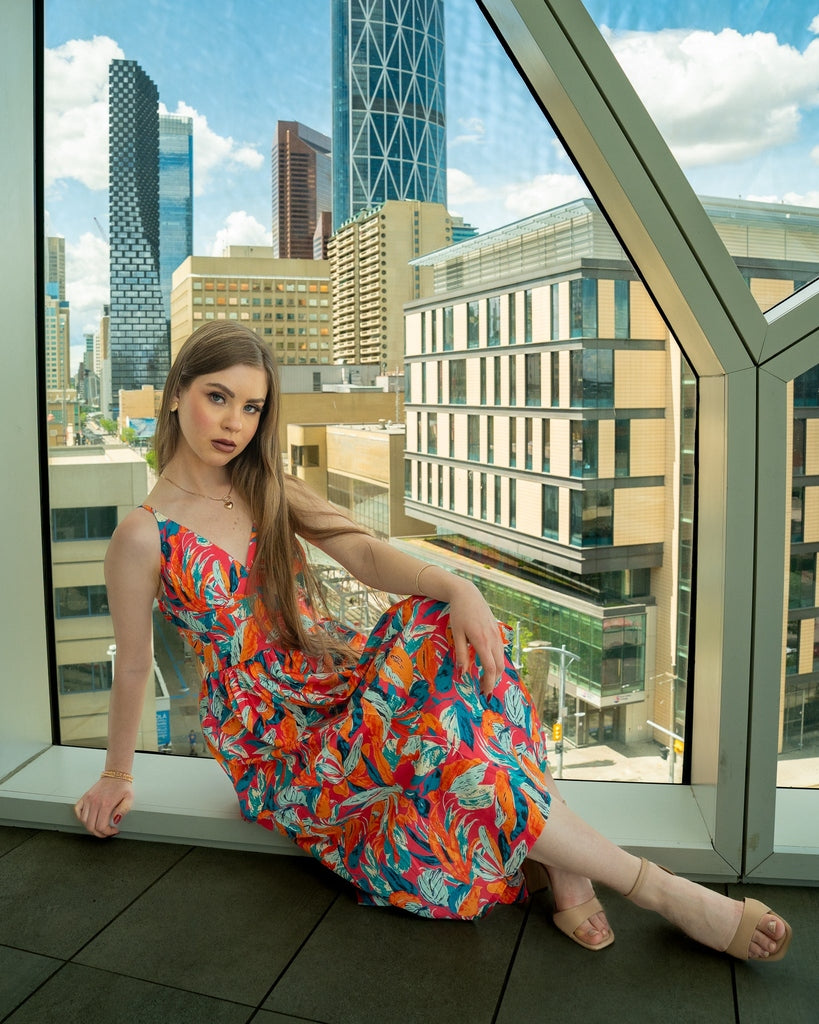We've already covered the best fabrics for your summer outfit shopping, but as the temperature drops below zero soon in Canada, it's time to explore the best fabrics for winter.
Fashion enthusiasts love winter because it provides an opportunity to showcase their cozy outfits while expressing a unique personality. From wool to leather, and cotton to polyester, the variety of winter outfit fabrics offers nearly unlimited options for styling. But for most people, these options can feel daunting and overwhelming.
That's why we've created a complete winter fabric guide to help you shop for warm and stylish fabric for cold. Let's discuss the winter fabrics list.
Table of Content
- 9 Best Fabrics for Winter Outfits
- Wool
- Fleece
- Cotton
- Fur & Faux Fur
- Silk
- Down
- Velvet
- Leather
- Polyester
- FAQ
9 Best Fabrics for Winter Outfits:
1. Wool:
Wool is the first fabric that comes to mind for winter outfits, and it's one of the best fabrics people wear in cold climates thanks to its durability and excellent thermal insulation. The natural insulating property of wool, which keeps animals warm, also makes it the best fabric to keep you warm. Additionally, its water-resistant property makes it ideal for wet or snowy conditions.
Wool comes in different types such as Merino, Cashmere, Mohair, Alpaca wool. It's an ideal choice for mid-layer or outer-layer clothing items such as sweaters, cardigans, coats, skirts, pants, leggings, as well as accessories like socks, gloves, scarves etc.
2. Fleece

Fleece is a synthetic fabric made from polyester. It is soft, warm, plush, and dries easily, making it perfect for cold-weather outfits.
Different types of fleece include Microfleece, Polar fleece, French terry, Slub, Sherpa, Coral fleece. Fleece needs a little bit of extra care, as it can't be washed at high temperatures and is prone to attracting dust, lint, hair etc.
Because of its moisture-wicking property, fleece can be used for mid-layer clothing items such as jackets, sweatshirts, sweaters, hats, and scarves.
3. Cotton

Cotton is a versatile fabric. It's perfect for summer in its lightweight thin form and also works well for winter in the form of flannel or thick denim. It's durable, easy to handle, and breathable.
Cotton absorbs moisture and dries very slowly. If it is used as a based layer, it will absorb sweat, causing heat loss from your body and making you feel cold and damp. Because of this, it should not be used as a base-layer clothing item in the 3-layer winter dressing system.
Cotton is ideal for items like flannel shirt, cotton hoodies, button-down shirts, lining jackets, pajamas, jeans. Thanks to its comfort and versatility, it remains a great winter fabric choice when used correctly - especially as an outer or mid-layer.
4. Fur & Faux Fur

Fur and its non-cruel version - faux fur - are both soft, warm, furry, and durable, making them a fabric suitable for winter. Currently, faux fur is mostly used instead of real fur to protect animals, and it may need require extra care during washing.
Due to the unique and luxurious appeal of this fabric among people, it's extensively used as a statement piece in outer layers such as jackets, vest, coats, and accessories like shawls, shoes, purses etc.
5. Silk

Silk is not only breathable, lightweight, hypoallergenic, and able to wick moisture easily, but it also feels soft, and luxurious.
Due to its insulation properties, it can be used as a thin base layer, but doesn't provide much protection against extreme cold. For this reason, it's not a suitable candidate for mid-layer or outer-layer clothing in harsh winter environment. It is commonly used in thermal innerwear and long-sleeve crewneck t-shirts.
6. Down

Down is made from geese or duck plumage, which is the fluffy material found underneath the outer layer of feathers. It's nature's best form of insulation as it traps air and body heat. As a result, it is used extensively in jackets, especially puffer jackets. The more down in the jacket, the warmer it gets.
7. Velvet

Similar to silk, velvet is not only warm and thick but also feels soft, and luxurious. Velvet shouldn't be used for extreme cold, but during mildly cold weather, it gives you warmth while adding richness and texture to your outfit.
It's a great option for party outfits, dresses, or jumpsuits, as well as for decorative items such as cushions, bed sheets, or throws.
8. Leather

Leather is one of the most insulating materials suitable for winter clothing. It's warm, durable and molds according to the body's shape. A non-cruel version of leather - faux leather - is also quite popular as it doesn't require harming animals.
Leather is sturdy and highly resilient against environmental elements and can last for years if properly managed. So, it is widely used as an outer layer in jackets, skirts, pants.
9. Polyester
Polyester is a synthetic fabric. It is lightweight, durable, budget-friendly and has excellent moisture-wicking and quick-drying properties. As a result, it can quickly remove sweat from the skin and helps it evaporate - an essential feature of a base-layer item. Hence, polyester is a great option for thermals or any other item that sits close to the skin during winter.
FAQ
1. What fabric to avoid?
Some fabrics alone may not be able to hold the heat. For example, cotton has a very weak moisture-wicking property and hence should be avoided as a base layer. Similarly, synthetic fibers that are not breathable won't retain heat properly and are therefore not ideal for cold weather.
2. What fabric is best for extreme cold?
Silk fabric as a base layer; wool or fleece as a middle layer; and fur or down as an outer layer is a great combination for staying warm in winter.
3. What is the worst fabric for cold weather?
Cotton and synthetic fabrics in isolation are the worst choice for extreme cold.
Conclusion
Choosing the right fabric for your clothing can make a big difference between whether you enjoy the winter or prefer to stay inside the house. From wool to cotton, fleece to fur, silk to leather - different fabrics allow you to mix and match various types of clothing that give your outfit a unique personality while keeping you warm.
Now that you know how to choose the right winter fabric, I highly suggest you learn about 3-layer system to help you level up your winter fashion style.


